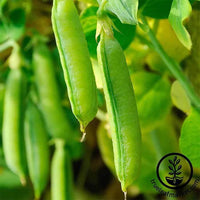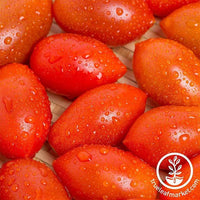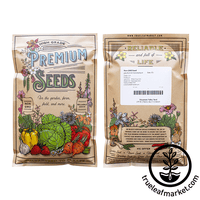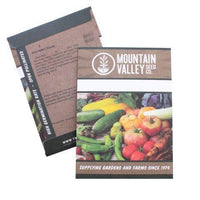
- [\"These super-sweet cherry tomatos","also known as \"mini Romas\" for their flavor","are quick to mature and produce all season and into the fall.\"]
60 Days to maturity (from transplant). Solanum lycoperscium. Juliet Hybrid Tomato Seeds. Non-GMO, AAS Winner, annual, hybrid, indeterminate grape tomato. Suitable for growing in garden plots, raised beds, and greenhouses. Resistant to Alternaria Blight, Early Blight, Late Blight, and Septoria Leaf Spot. Out of the many small-sized tomatoes, cherry varieties like the Juliet Hybrid are super-sweet with sturdy vines that actively grow upright to 6 feet tall! These 1-2 oz oval-cherry tomatoes are so tasty. Gardeners love their powerful flavor. Juliet cherry hybrids are acidic yet sweet with perfect tomato pungency. These fast-maturing seeds develop into resilient plants with bundles of oversized grape-shaped fruit. Juliet Hybrid Tomato crops produce longer during the summer and can tolerate the fall with cooler temperatures. Approximately 9,275 Seeds per oz.




















































